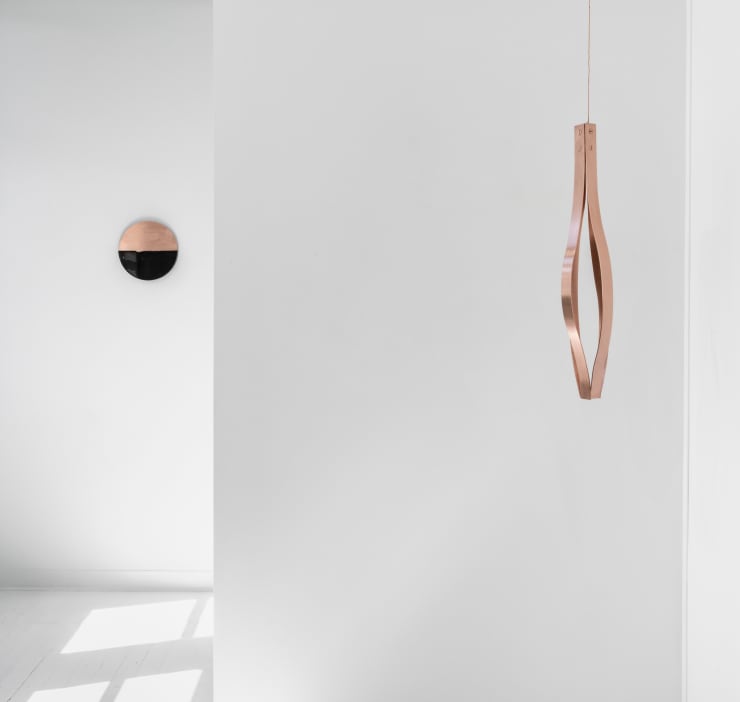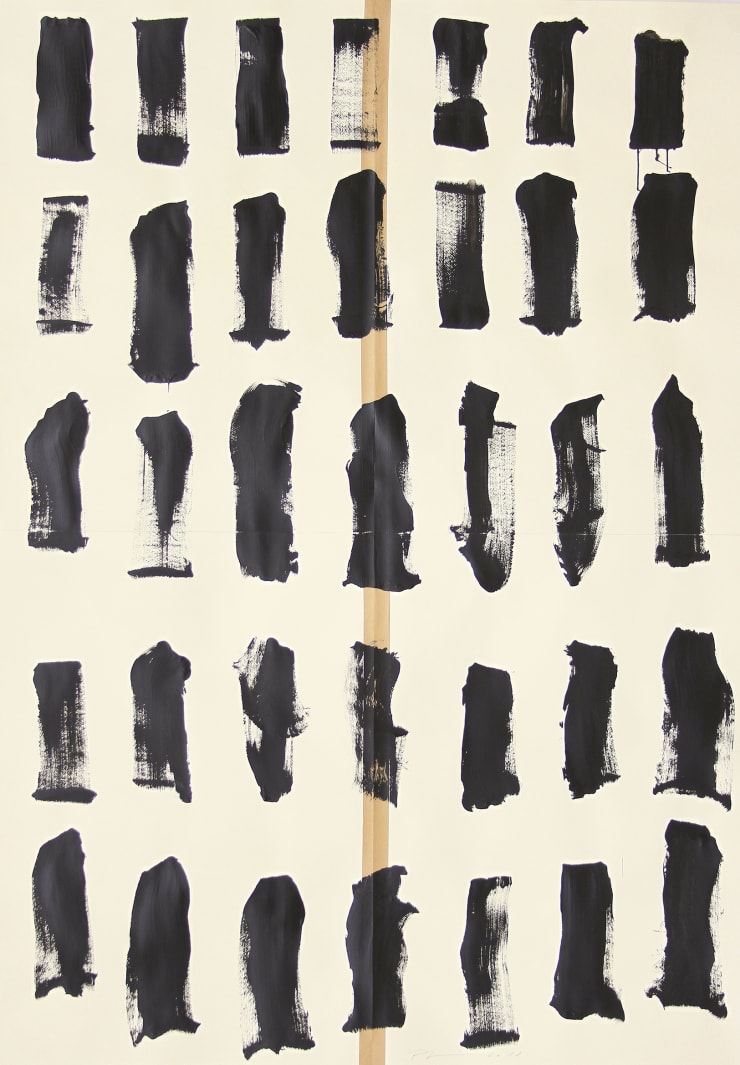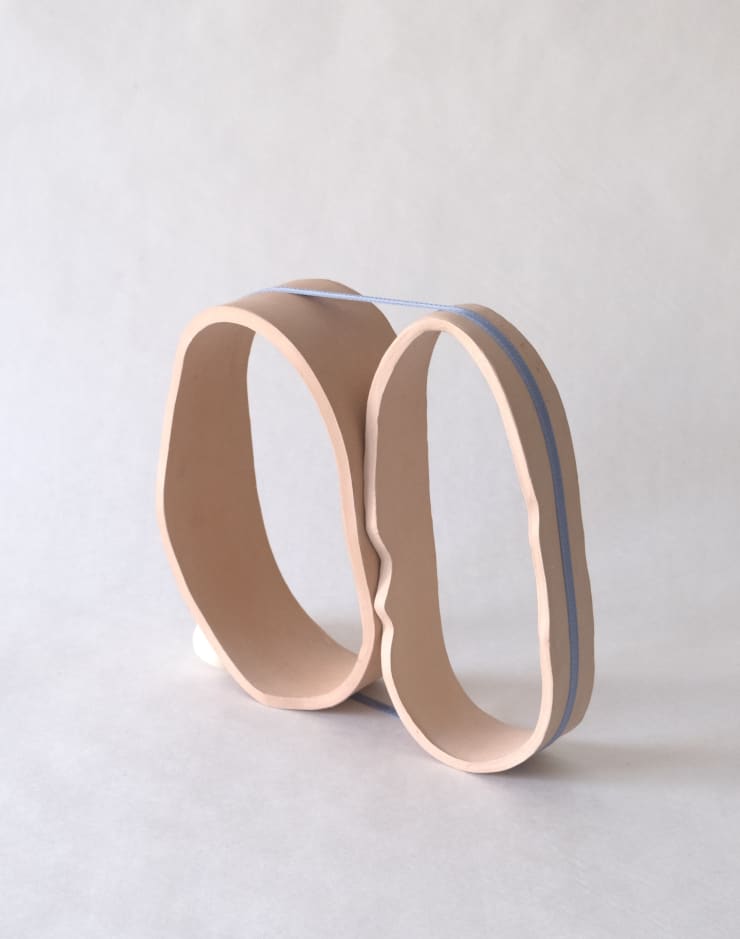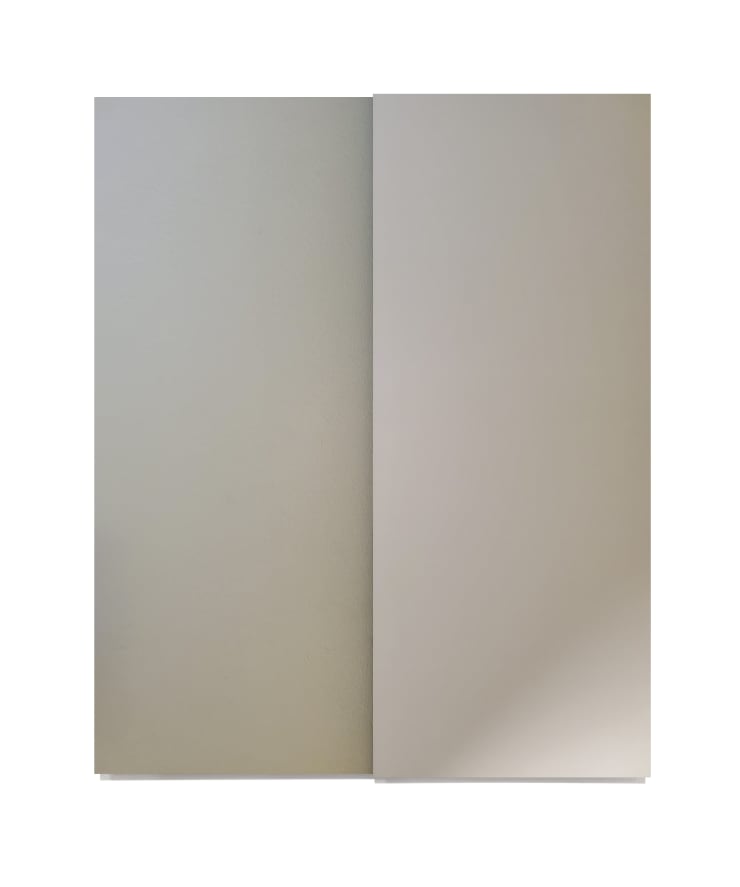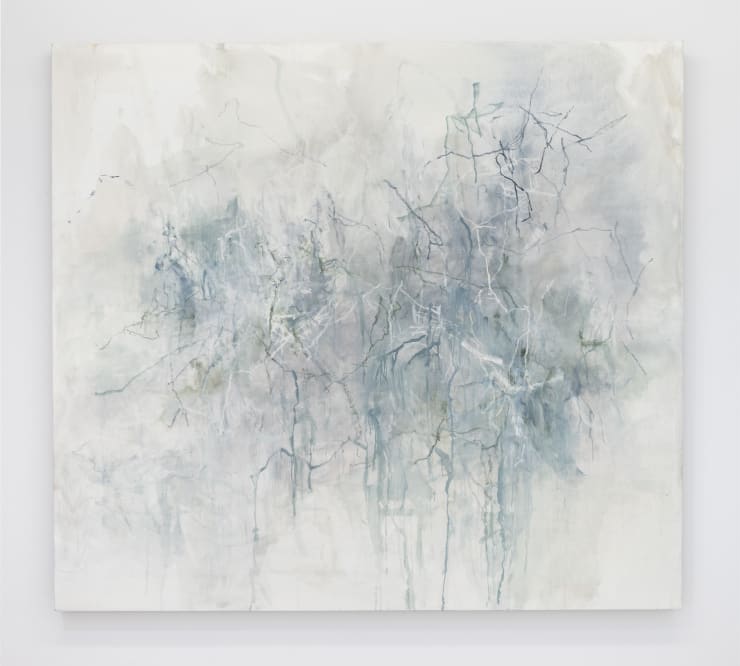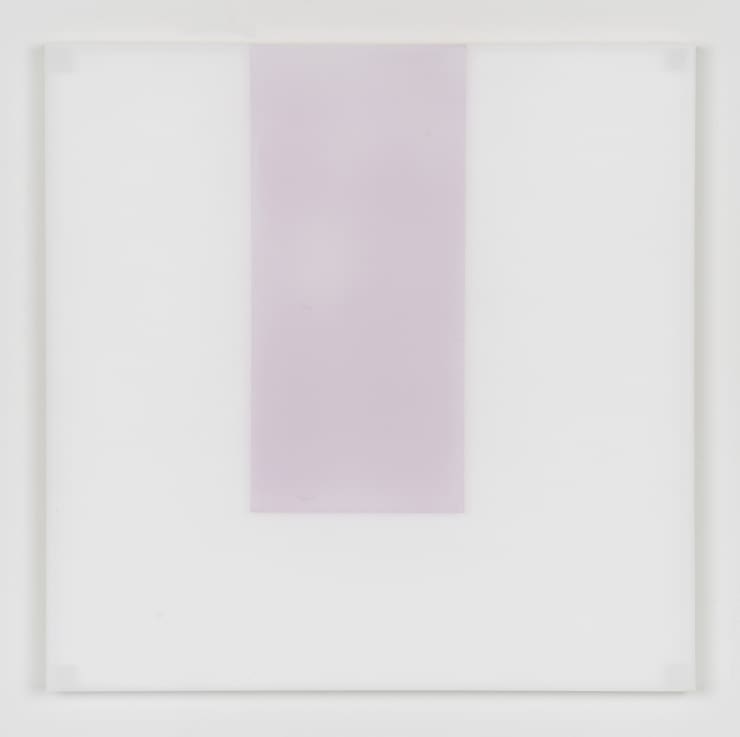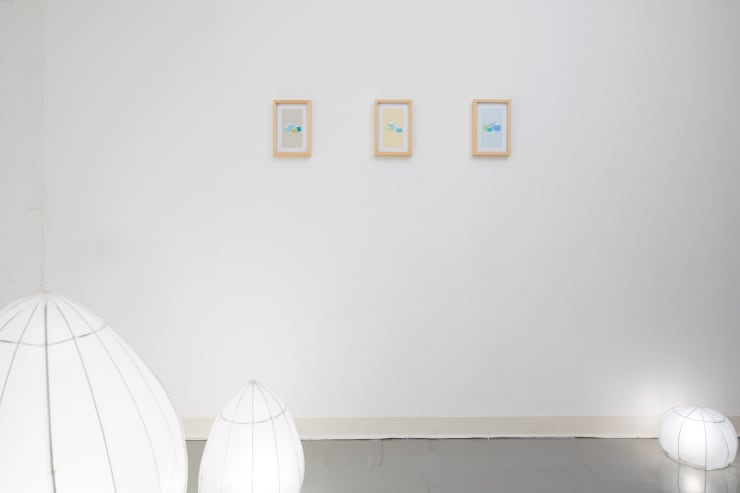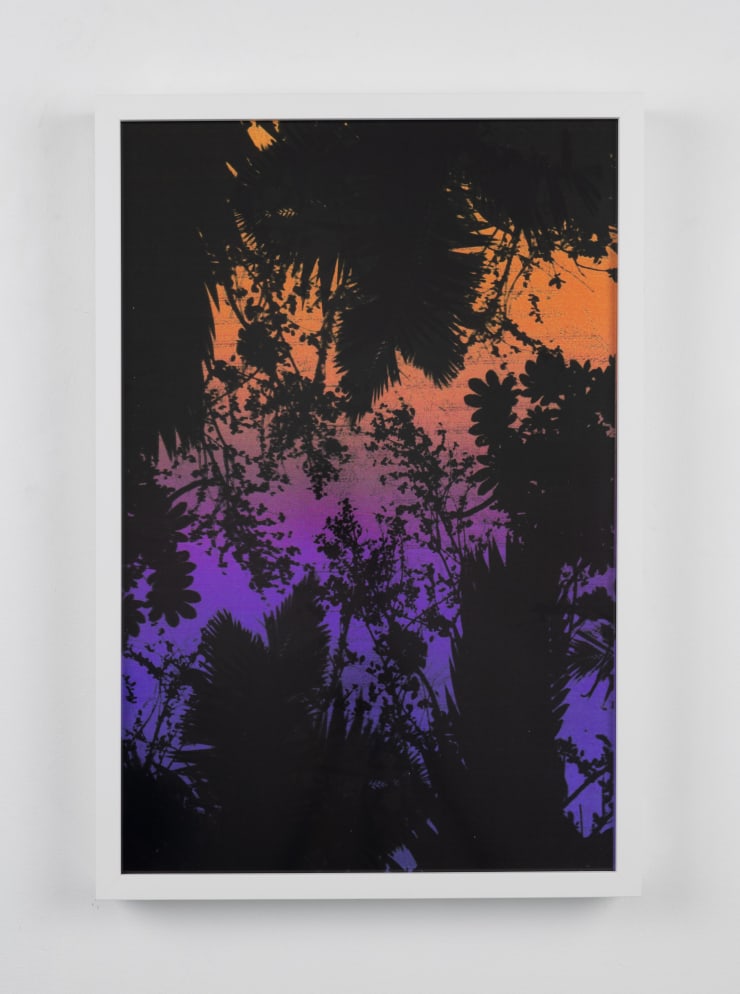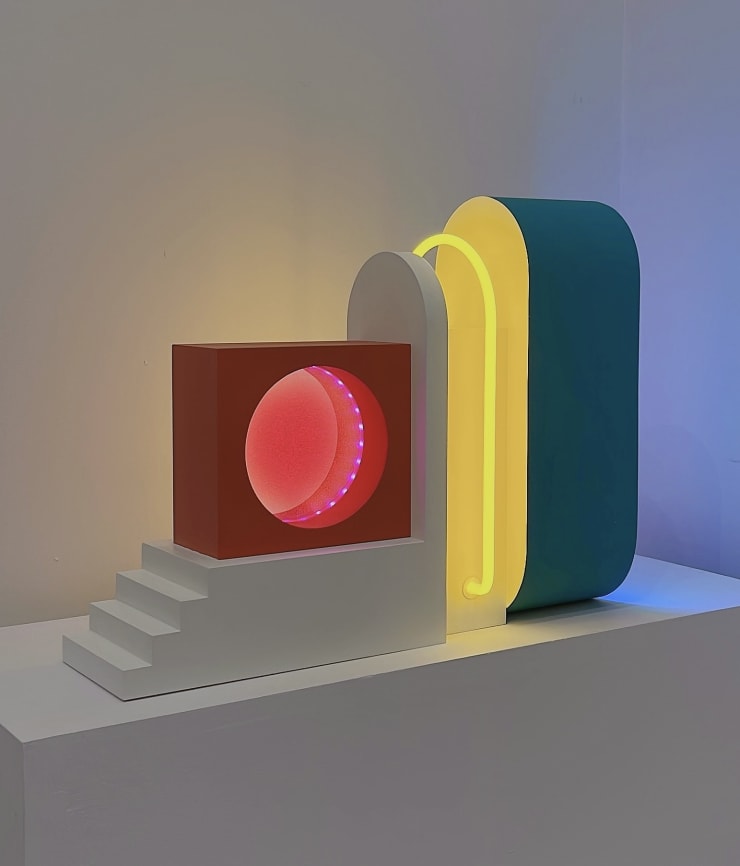-

Margrethe Aanestad
-

Karian Amaya
-

Kate Casanova
-

Shane Charles
-

Annesta Le
-

Sun Young Kang
-

GJ Kimsunken
-

Sarah Pater
-

Botond Részegh
-

Mar Ramón Soriano
-

Xingze Li
-

Paul Mok
-

Elizabeth Gilfilen
-

Jenny Rafalson
-

Debra Ramsay
-

Leah Harper
-

Li Xia (绿李 Lilou Oh Yeah)
-

Victoria Borisova
-

Lionel Cruet
-

April Key
-

Cecilia Abeid
-

In Kyoung Chun

